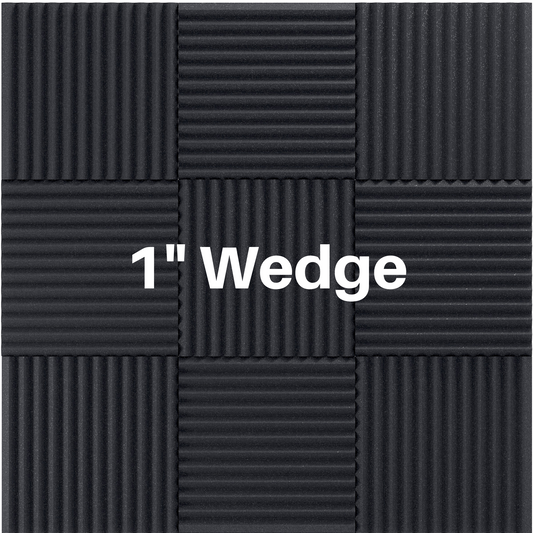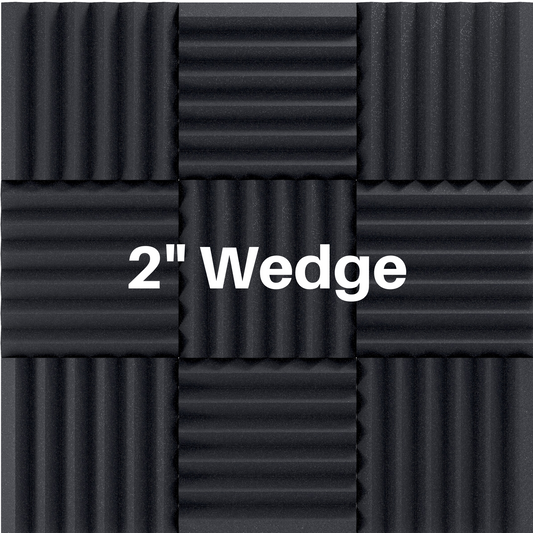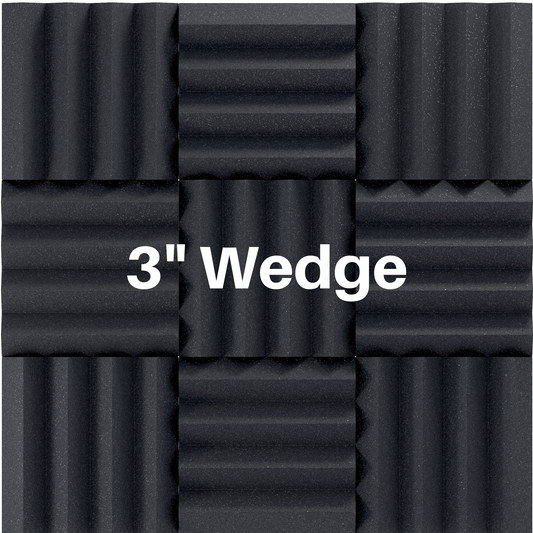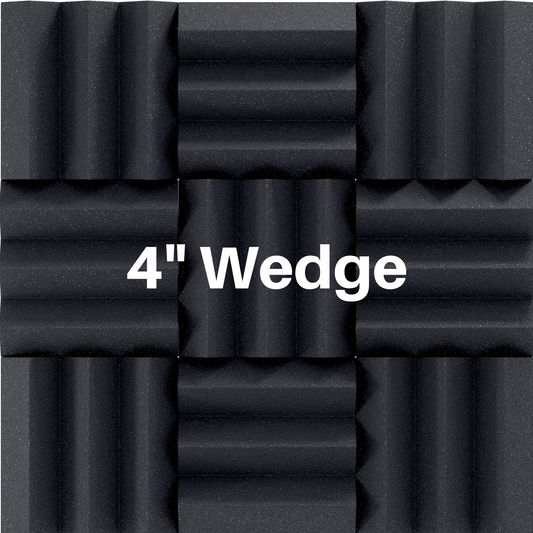Reverberation And Its Application In Recording Studios
Share
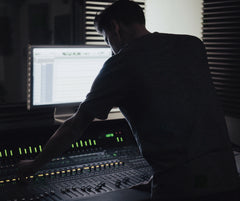
Reverberation is a fundamental factor in the design of your recording studio space whether you are building a professional studio from the ground up or a small bedroom studio in your apartment. When recording you want to capture clear and intelligible audio with with a good room ambiance. This balance can be obtained by understanding reverberation and controlling its constants in your room.
Reverberation, or reverb is simply the persistence of a sound signal that comes in the form of reflected waves that continues after the original sound has died off or stopped. Reverb gives us clues as to the size and nature of a particular room or space.
Recorded sound can be enhanced by reverb because it ads perceived warmth and depth. Your room can be treated or tuned in order to obtain your desired sound characteristics.
Let’s take a look at the different components of reverb.
- Direct sound source (signal)
- Early reflections
- Reverberations
The direct sound source is where the original sound is coming from and what you hear when the sound travels from the source to your ear. If you are mastering and listening via monitors then the monitors are the direct source. If you are recording a violist or a horn player then the instrument is the direct sound source.
Early reflections are the first few reflections that you will hear and come from sound bouncing off major acoustical boundaries. These early reflections are the ones that give us clues as to how big the room is.
Reverberations are the last set of reflections that the listener will hear. They come from sound bouncing from one boundary to another randomly and are so close together that the human ear cannot distinguish them from each other. The reverberations are essentially the decaying signal from the sound source.
Reverb is technically the time it takes for a sound signal to die off to one millionth of its original intensity or to be decreased by 60bD. Reverberation time is directly proportional to the volume of the room and the absorption coefficients of the surfaces which are the two controls.
The below table will help you decide which room characteristics will be best for your recording needs.
|
Recording Need |
Reverb Time (seconds) |
Room Size |
|
Broadcast |
Low (below 0.8) |
Small |
|
Speech / Vocals |
Low (0.7-1.1) |
Small to Medium |
|
Live instruments |
Medium (1-1.4) |
Medium to Large |
|
Symphony / Drama |
High (1.4-2) |
Large |
If your room requires a low reverb time then you will need more acoustic treatment in order to boost the absorption coefficient and decrease the reverb time.
What if you need to record instruments and vocals in the same room? No problem, you can use movable acoustic barriers that you bring into the room during vocal sessions and leave out of the room during instrument tracking. An easy and cheap way to do this with acoustic panels is to mount them to a piece of cardboard or plywood which can either hang or or lean against a wall during the vocal sessions and then be turned around or brought out of the room for instrumental recordings.
I hope this helped you understand reverb and will help you with your studio and recordings! If you have any questions at all we are here to help! Please contact us!
Free ACOUSTIC ROOM EVALUATION!
Free ROOM CALCULATOR!
SHOP acoustic foam!
Read More:

